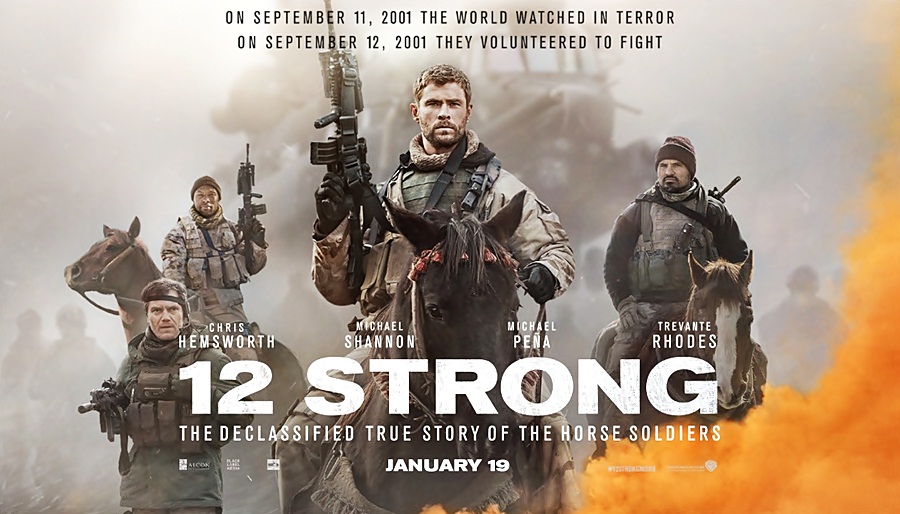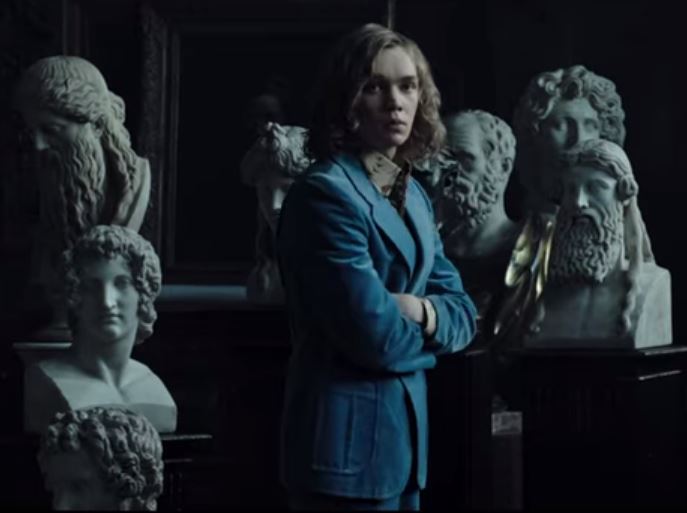Adrift
Posted on May 31, 2018 at 3:36 pm
C| Lowest Recommended Age: | Mature High Schooler |
| MPAA Rating: | Rated PG-13 for injury images, peril, language, brief drug use, partial nudity and thematic elements |
| Profanity: | Some strong language |
| Alcohol/ Drugs: | Alcohol, brief drug use |
| Diversity Issues: | None |
| Date Released to Theaters: | June 1, 2018 |
| Date Released to DVD: | September 3, 2018 |

If I ever decide to pursue a PhD, I think I will go for a combined film/economics degree and study the correlation between the quality of a film and the star also being the producer. There will be plenty of data.
Shailene Woodley produces and stars in “Adrift,” based on the true story of a young couple sailing across the Pacific Ocean in the early 1980’s, who were caught in a deadly hurricane. There is obviously a lot of appeal for an actress in a story of the struggle to survive with the opportunity to show courage, resilience, and determination. But the back-and-forth flashbacks weaken the intensity of that struggle and a weak script with a Gothika Rule-worthy twist ending make even a story of survival more disappointing than inspiring.
Tami (Woodley) is a free spirit as we see when the immigration official in Tahiti asks her what her profession is and she replies, “Whatever job pays me enough to get me to the next place.” She has been traveling full-time since she graduated from high school five years earlier, most recently as chef on a schooner. She meets Richard (Sam Claflin), a British Naval Academy drop-out who worked in a boatyard so that he could build his own sailboat and has been on the water pretty much full-time ever since. Though he tells her that being at sea alone is mostly being “sunburnt, sleep-deprived, seasick, or all three at once. And after a few days, there’s the hallucinations.” But there is something both of them find irresistible in sailing into the horizon, and both have an unquenchable desire to see what the world has to offer. In one of the movie’s best scenes, she says a sunset at sea is red (as in “Red sky at night, sailor’s delight”), and he makes her see all the different shades and colors within the red. While she teases him about it later, she loves seeing the world through his eyes. And he loves her spirit of adventure.
When a wealthy friend offers Richard $10,000 and two first-class plane tickets to sail his yacht to San Diego, it seems like a perfect way for them to begin their life of adventure. But we know from the movie’s first shot that they are sailing into terrible trouble. We first see Tami submerged, and then we see her come to, disoriented, in the wrecked and waterlogged hull of the yacht, with Richard gone. Later we will see their tiny ship buffeted about by waves (the special effects are fine but nothing we didn’t see in “The Perfect Storm”) interspersed with scenes of their early romance and scenes of the 41 days adrift, with no way to get help or let anyone know where they were.
I don’t want to spoil the movie’s twist here, but per the Gothika Rule will be happy to share it to anyone who writes to me at moviemom@moviemom.com. I’ll just saw that while I am sure it was a deeply spiritual and sustaining experience for Tami, it comes across poorly on screen, leaving the audience, yes, adrift.
Parents should know that this film includes intense mortal peril with severe and graphic injuries, some strong language, sexual references, nudity, brief drug use, alcohol, reference to suicide and teen pregnancy, and a sad death.
Family discussion: How many ways can you think of to describe red? Why was the frangipani so meaningful? Why did Tami say she wouldn’t trade the experience for anything? What problem-solving skills helped her the most?
If you like this, try: “Touching the Void” and “The Life of Pi”





